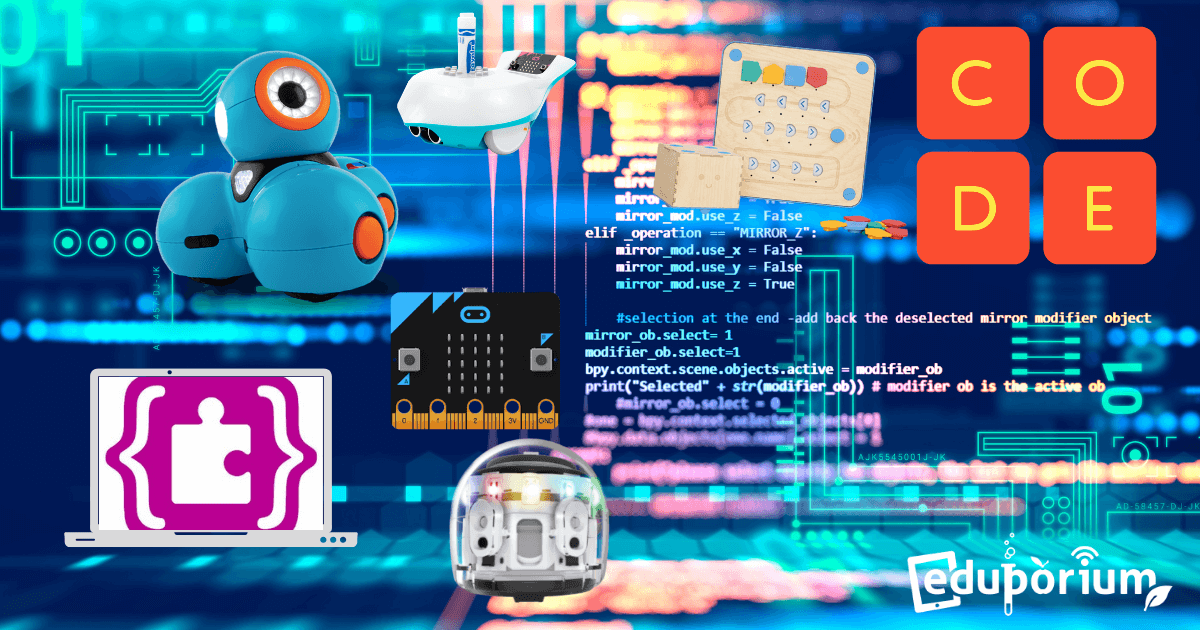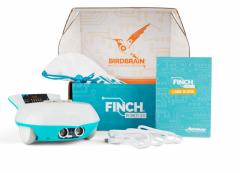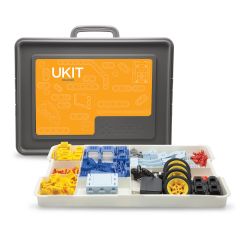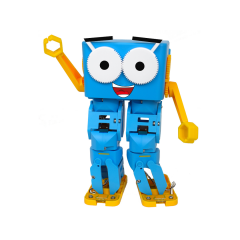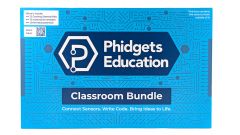No matter how you spin it, the importance of coding education in K-12 schools always remains a popular discussion topic. What may fly more under the radar, however, is how straightforward many of the beginner coding lessons could be. In fact, as the various Hour of Code initiatives have illustrated in recent years, just one hour of coding activity each week can truly be transformational for students. These formal and informal coding experiences have inspired children of all ages to explore the enjoyable aspects of computer science as well as how these skills can help drive future STEM successes. Plus, there are tons of classroom coding activities on the code.org site or many other places. But, if you want some help getting started using some of the more in-depth coding languages, here are some of the best languages to focus on.
Starting With the JavaScript Coding Language
If you browsed through this post, you may notice these are each what we consider advanced programming languages. Not to scare you off but that is true. To be clear, however, by teaching coding from a young age using block-based languages, like Scratch and Blockly, students will start to think like programmers. Plus, this helps them progress and apply their knowledge when utilizing more complex languages. Programmers (and also non-computer science professionals) use these coding languages each day. So, it's quite helpful to remind students that it's not just programmers who need these skills. Professionals in various industries routinely need at least basic coding skills. While these professionals typically use more powerful languages as opposed to beginner ones, building a foundation remains critical for children. They can, however, try out some of those powerful text coding languages in school—starting with JavaScript.
Why teach the JavaScript coding language?
As of 2020, JavaScript was at the top of the list of the most common programming languages in the world. Among these jobs, programmers rely on JavaScript to manage the behavior of the millions of different web pages that exist. Using JavaScript code, developers can manage some of the most common but important elements we see on the Internet. These include animations, graphics, interactive maps, or buttons that can bring you to other web pages. Despite this power and perceived complexity, learning JavaScript is actually pretty simple, according to those who have done it. In fact, someone with no prior coding knowledge could pick up the premise and begin utilizing it almost immediately. Since it's part, in one way or another, of most web browsers, this makes JavaScript one of the most popular and useful coding languages to know.
The benefits of knowing JavaScript.
For developers in today's computer science landscape, it's nearly impossible to not use JavaScript. While they'll all use it in different ways, about 75 percent of them rely on it for one thing or another. This is largely because of the interactivity users crave and (expect) from websites they use for work and enjoyment. Even some of today's most used social media sites, like Facebook and YouTube, have foundational elements of JavaScript. JavaScript code enables developers to create interactive pages while displaying the content in a truly dynamic way. It is often referred to as a front-end language and will work across all major browsers. Plus, despite its text-based platform, it's easy for newcomers to learn the flexible syntax. If you're looking for a STEM tool for teaching JavaScript, our top suggestion is the Phidgets line.
Introducing the Swift Programming Language
Swift is one of the newer programming languages that's impacted the computer science world. Developed just in 2014 by the Apple team, Swift is open-source and is easy for kids to pick up. It doesn't even require that newcomers have a bunch of previous programming experiences in order to get started. There are tons of tutorials available, though they can be time consuming to get through. Since Swift has quickly become a commonly used programming language in the real world, however, it's worth exposing students to in upper elementary, middle, or high school. With tools like the Root Robot, micro:bit V2, or Phidgets line, students can explore what Swift coding really involves.
Swift programming uses.
Developers commonly utilize Swift to build iOS apps, giving students real-world exposure to how it affects everyday experiences. It's related more to mobile apps as opposed to desktop platforms. This is important since our lives often routinely involve using and relying on all the apps on our phones. As you may assume, Swift is a great language to introduce in schools, and exploring it can help students gain an understanding of what it's like to design iOS apps, specifically. Though it is powerful in the right circumstances, there are, however, sometimes still bugs since Swift remains pretty new. For example, children might come to realize that it doesn't easily integrate with third-party tools or earlier iOS versions.
Benefits of learning Swift coding.
Of course, if we're talking about using it in coding activities, there have to be some authentic benefits to learning how to code in Swift. We've mentioned that it is easy to learn the Swift language, but why is this? Largely, it's because you don't need lots of code to build programs, and the syntax is clean. Since Swift is a text-based language, however, children would definitely benefit from previous coding experience. But, it is also faster than many other comparable languages and it's open-source. With so many relevant uses in today's world, Swift is definitely something teachers could work into computer science lesson plans.
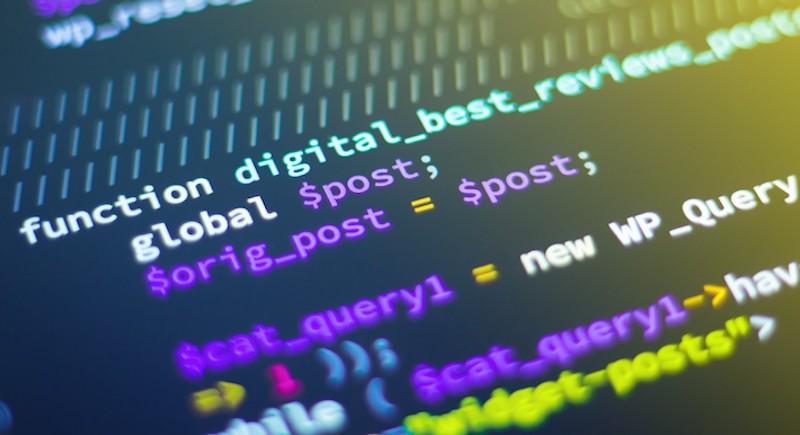
How to Learn Python Coding
Python is one of the most commonly talked about coding languages and for good reason. Like JavaScript, it has a variety of real-world uses, and its commonality around the computer science world makes it one of the most popular coding languages to learn. Again, Python is a text-based language, so most students will likely need guidance or experience with more simplistic programming beforehand. (We're definitely focused on more intricate languages in this post but here's more about the best coding languages for beginners). With only a little bit of prior text coding experience (or none if children are really ambitious), they could pick up the premise and learn Python due, in large part, to its readability.
What makes the Python coding language valuable?
Python is an open-source language with an extensive amount of community interaction and free access. It integrates easily with various web services, so computer scientists often use it for machine learning, giving it robust relevance. Specifically, programmers utilize Python to develop both 2D imaging and 3D animation solutions as well as computer applications and video games, which is a great way to make connections in your STEAM lessons. Some of the most popular social media sites, like YouTube, Pinterest, and Instagram utilize Python code as well. Although it does have intricacies, those new to Python are often able to learn them and quickly become productive. All it takes is a little bit of persistence, willingness to solve problems, and some outside-the-box thinking.
Classroom opportunities with Python.
In the classroom, students could potentially enroll in a Python course for beginners, collaborate to program online, or try one of many Python-compatible robotics tools. Because Python is rising in popularity among programmers, classroom experiences, in particular, could be valuable for children. Plus, since most Python tutorials are so reputable, it's at least a fine opportunity to expose kids to the language. Python's a scripted language, meaning it's very flexible, easy to read, and intuitive. It's definitely best to have some text coding experience, though, since the code is a bit more complex than the basics but the best way to learn Python is to just jump in. Among some tools students can use to explore Python are the Edison Robot, Marty the Robot, and Finch Robot 2.0.
Learning C and C++
Next on the list, we have a couple of languages that may be familiar to seasoned coding enthusiasts. C is one of the oldest and most popular programming languages around. It is associated with a process called scripting system applications, which is used in crucial software like Windows and Linux. C++ is often used for general-purpose programming and can highlight imperative, object-oriented, and generic programming features. It also provides contemporary coders with low-level memory manipulation. Originally, though, the C++ language was more for programming within larger systems, so it has some pretty advanced flexibility, efficiency, and performance capabilities. Aside from these, C++ is a useful language for anyone who has to build software infrastructure, desktop applications, and servers.
The C and C++ difference.
C actually serves as the basis for a few different coding languages, including C#, Java, and JavaScript. It's a compiled language and developers routinely utilize compilers from many different platforms to make their code very transportable. In reality, however, C++ is actually just an enhanced edition of the C programming language. Both these languages are considered to be high-performance and they are also commonly used to power servers, video games, and online platforms. In terms of experiences, C++ is generally considered slightly easier to use and could be appropriate for beginner text programming. C is a bit more complex, so it is typically best for those with intermediate to advanced programming experience.
C, C++, and more powerful coding languages.
For students hoping to one day use C or C++ in a career, they'd benefit from gaining an understanding of computer functions and resources. Since they both have applications on mobile, desktop, and embedded platforms, they are two of the most widely used programming languages. Also, C++, in particular, provides programmers with much greater control than other coding languages. While it could be challenging to pick up some concepts, once kids fully understand them, there are a whole slew of possibilities. Finally, among the top STEM solutions to use in teaching these languages is the line of uKITs from UBTECH Education.
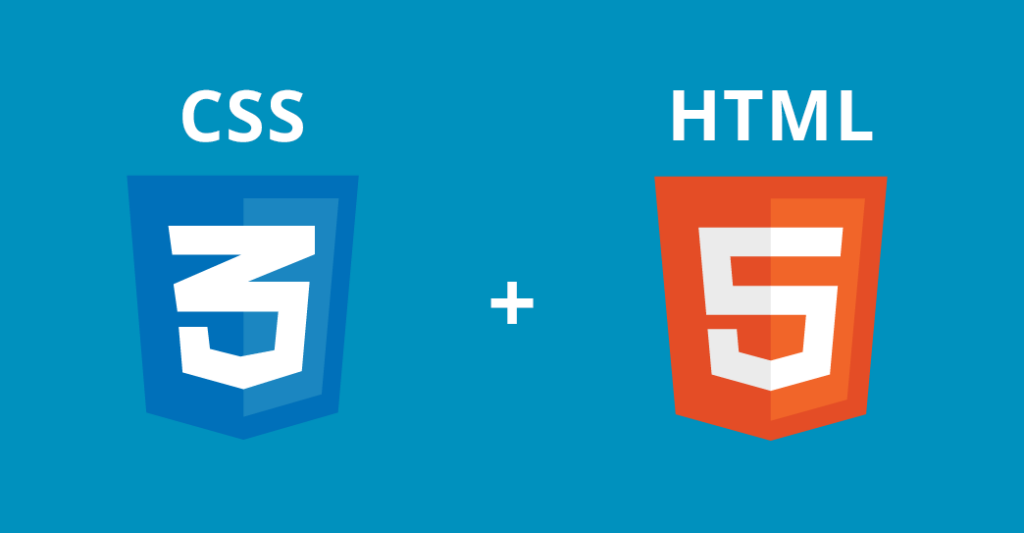
The HTML and CSS Coding Languages
HTML is actually one of the most basic types of coding. At the same time, it's extremely important in a ton of different modern industries. Beyond just computer science, it will not take long for a job seeker to come across a posting in which there's a reference to HTML skills being desirable. For those who grew up in the MySpace generation, HTML code might even sound familiar. Depending on how you approach it, some of the work can be done for you but, in any case, there are tons of applications for HTML code in all types of professions from content creation to marketing and web development. HTML stands for hypertext markup language and, along with CSS (cascading style sheets), contributes to the core elements of countless web pages. Essentially, web pages need HTML code for structure and CSS code for visuals.
When to use HTML and CSS.
It often seems that learning HTML or CSS isn't painted in as exciting of a light as some of the other coding languages, like Python and Javascript. They're incredibly useful for tons of different professionals, however, despite lots of them maybe not previously realizing how essential each are in building websites. Combined, HTML and CSS are two huge frameworks for constructing the websites we'll use every day. They also help developers or even content creators optimize web pages and ultimately the browsing experience for users. In understanding HTML and CSS, programmers are able to create more unique websites and they will also tend to have an easier time learning additional coding languages in the future.
Getting started with HTML and CSS.
When it comes to learning HTML and CSS, it's a different experience than we'd typically recommend and it is different from learning the other languages we've mentioned. It's a text-based language but there are not really chances for incorporating tangible devices, like robots. There are, however, some sites through which children could access interactive training courses. This enables them to see examples of using HTML code and then try creating some themselves. It typically can take up to a few months (depending on experience) to fully start understanding how to use HTML and CSS but, once there, it can open up a lot of possibilities.
We truly hope that all students have the chance to explore some new coding languages at some point this school year. If you have any questions, like where to start or which coding tools to use, please feel free to reach out. For more tech, STEAM, and 21st century education news, follow us on Twitter and Instagram. Like us on Facebook, too, or subscribe to our newsletter for all latest product announcements and other offerings. If you have any ideas for an Eduporium Weekly theme, send us a message on any of our social media accounts or comment below.



